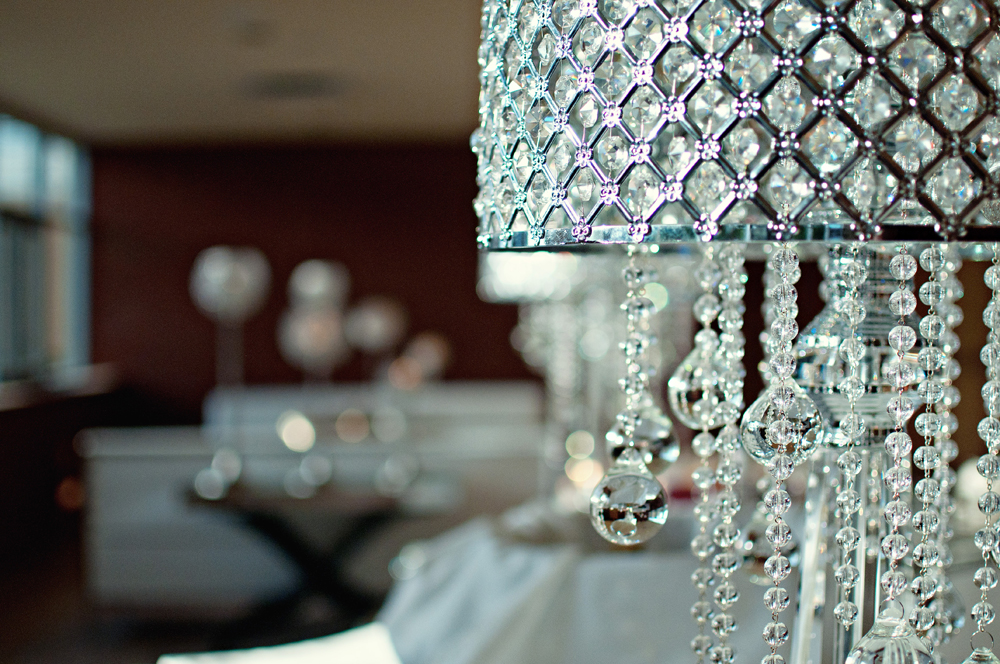
Until recently, words have only played a very minor role in luxury branding. Of course, there have been famous – and quite beautiful – campaign lines. But beyond these, luxury brands survived perfectly well using high quality, aspirational imagery and design alone to convey tone.
Branding with minimal use of language worked perfectly for luxury brands through the 90s and early 2000s. It translated easily across borders – and it looked great on the pages of glossy magazines.
But the world of wealth and society generally have changed – and luxury branding has had to change with it.
There’s no such thing as the idle rich. Luxury consumers are time poor. They’re decision-makers and influencers. They’re on Instagram. They value experiences and want brands to make them feel part of something. Research by the Global Web Index this year suggests luxury consumers want to be part of their favourite brands’ stories.
So whether or not they’ve been thrilled with the idea, providers of luxury goods, services and experiences have had to embrace language as a brand asset.
Luxury language often feels uncomfortable
You’d expect luxury brand language to feel, well, luxuriously crafted. Yet, quite often, the tone of voice used by luxury brands feels a little uncomfortable or not-quite-right. One of three things tends to happen:
1. Many luxury brands default to 1980s hotel language
This is a standard tone of voice adopted by many luxury brands. It’s also the almost universal default language of premium brands with luxury aspirations. It’s an approach to language that approximates “posh” by substituting short words for their longer, Latinate equivalents (“acquire” instead of “get” and “refrain” instead of “don’t”) – and by using a 1950s-sounding conditional tense (“should you wish” instead of “if you want”).
It’s the kind of language you still find knocking around hotels that says things like: “Please ensure care is taken whilst ascending the stairwell.”
It’s an approach that feels dated, and a little bit Hyacinth Bucket.
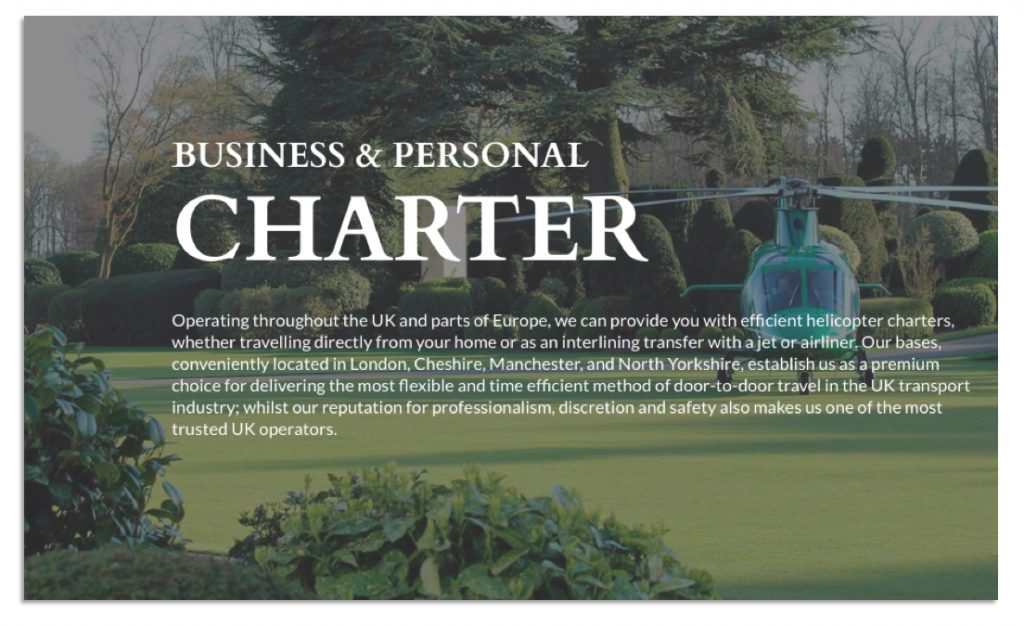
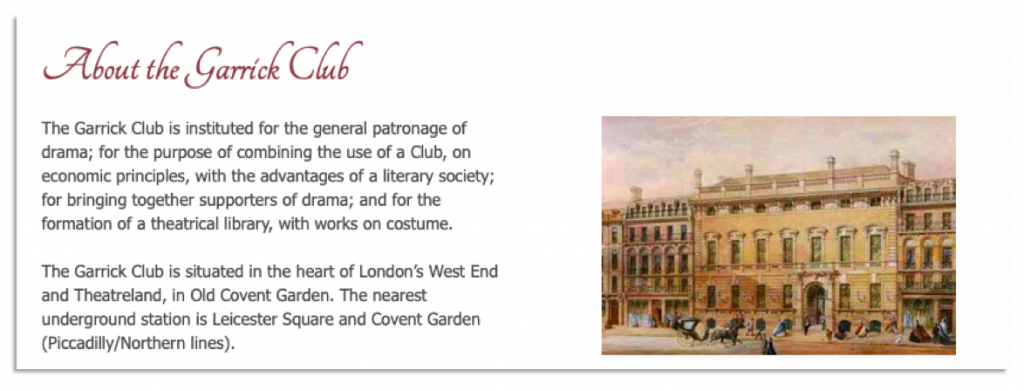
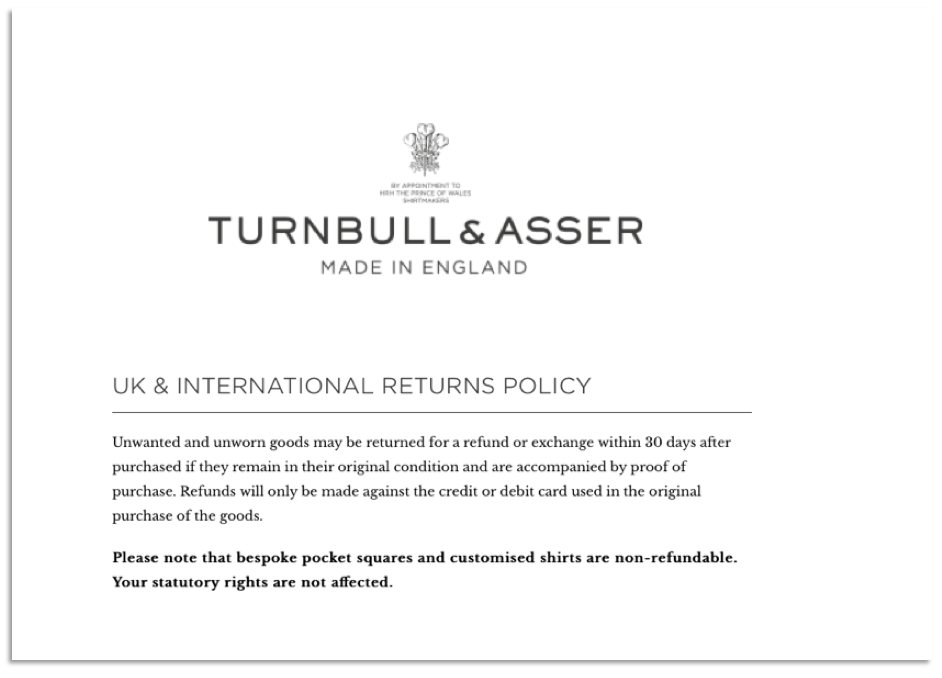
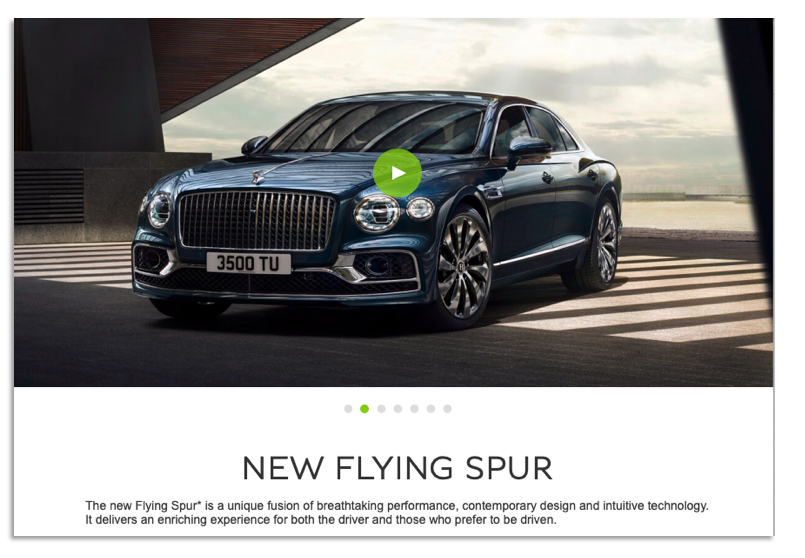
2. Other luxury brands opt for business speak
This happens particularly when brands produce precision products like watches, pens and cars. Very quickly, the brand talks about itself in terms of “fine calibration” and “delivering unsurpassed performance”. It’s an approach that makes the description of fine goods sound like a brochure for an investment product.
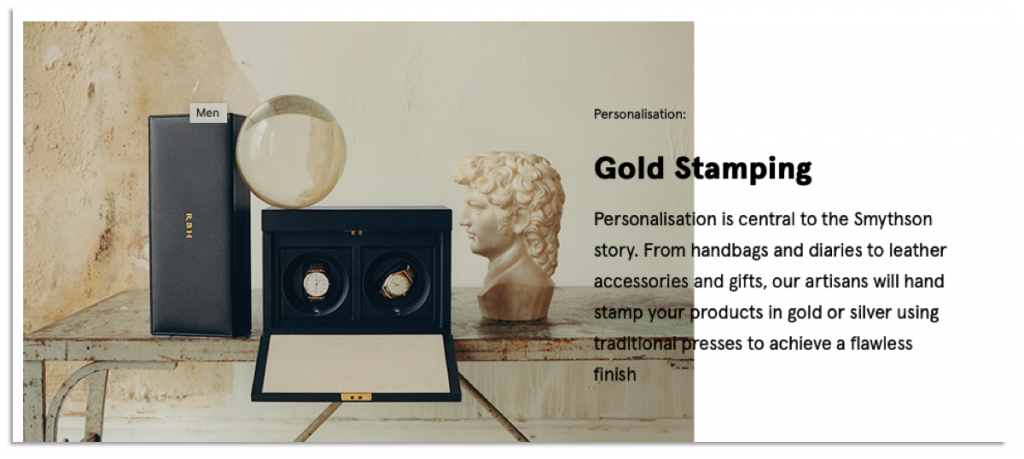
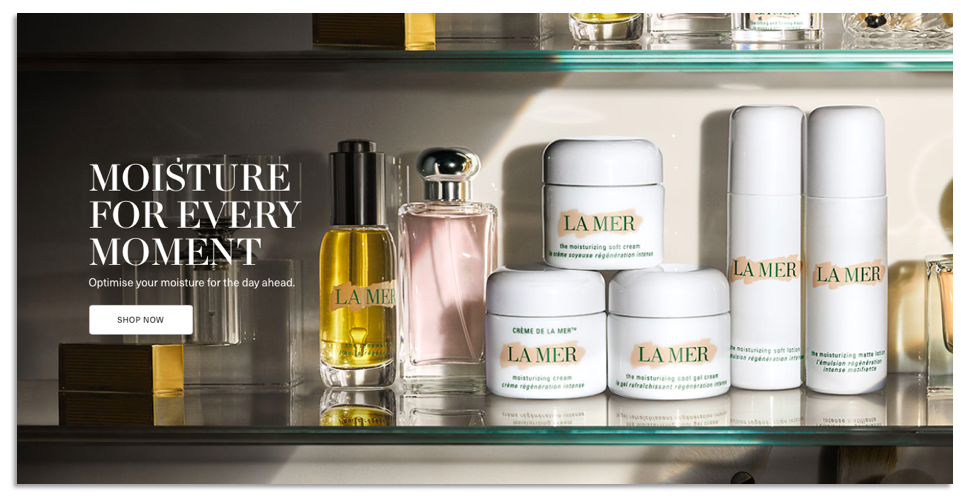
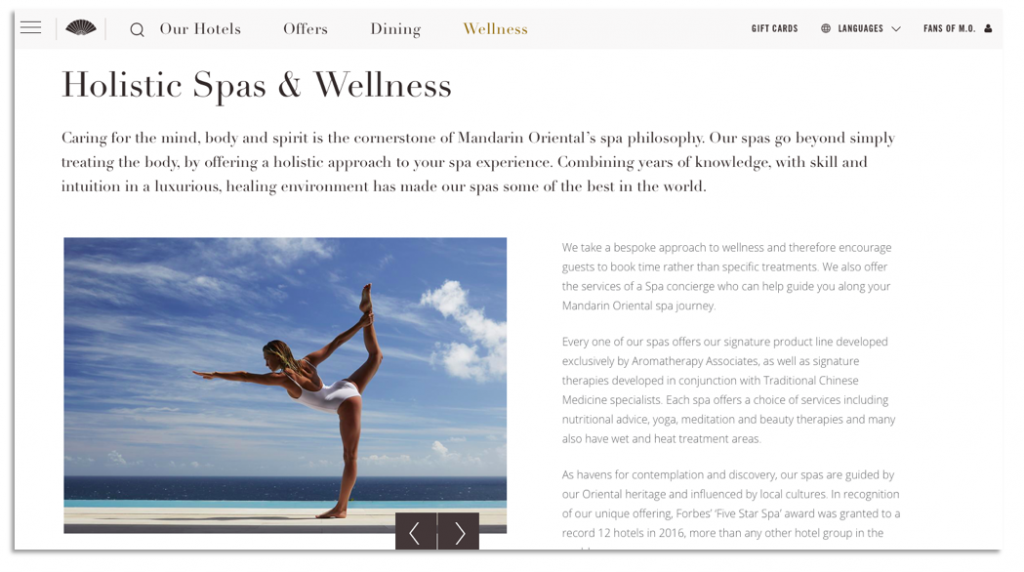
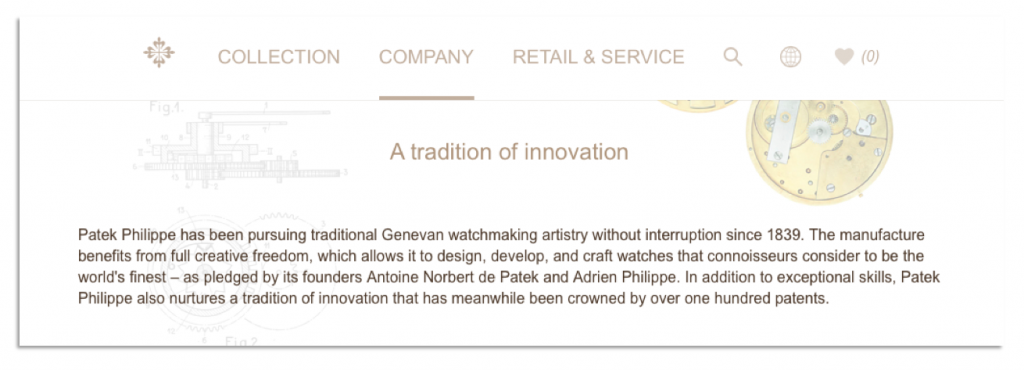
3. And then others modernise, but lose the luxury touch
If you know your clients and customers want an experience, you’re letting them down a little with language that’s clear – but could be for anyone. Modern luxury could be playful. It could be whimsical. It could be whatever would best serve your brand – but it shouldn’t be nondescript.
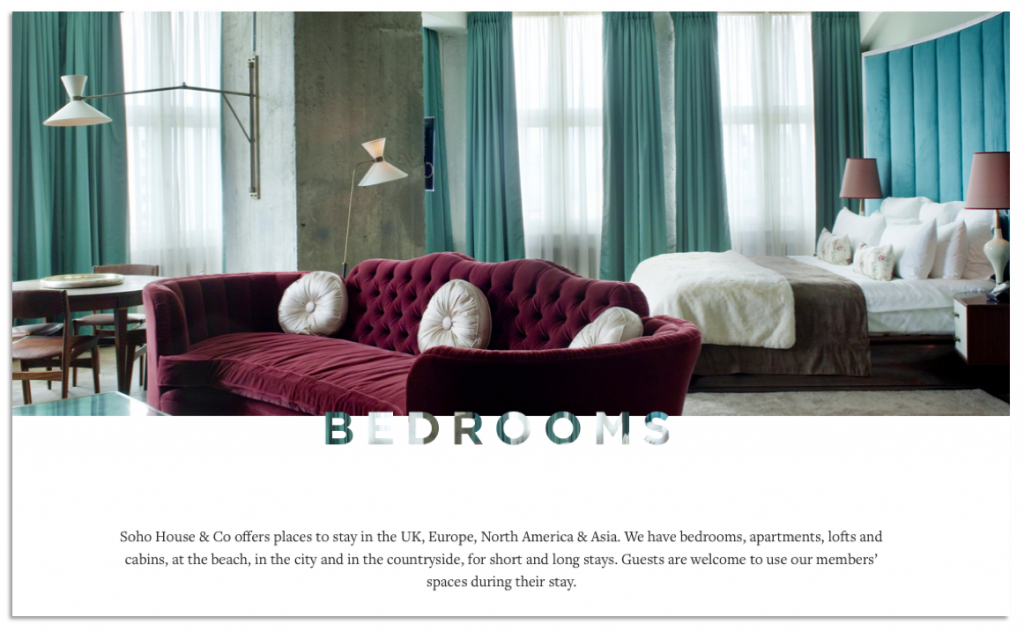
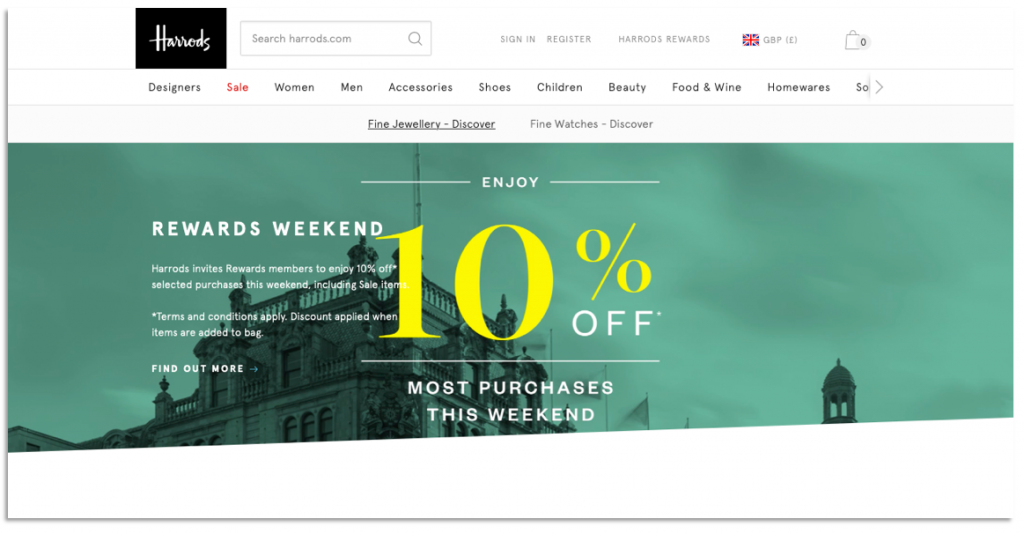
So what to do?
Rather than start from a point of thinking: Posh! or Heritage! (or even, posh-but-not-fuddy-duddy-so-errrr?), go back to your brand.
Every tone of voice should be deeply rooted in an organisation’s brand. And in turn, the brand should express ways of working and ways of seeing the world that remain constant and relevant through the ages. Take a look at our book Brand Language: Tone of Voice the Wordtree Way to see how to create one.
And take inspiration from some of the many luxury brands that use their language as part of the whole experience…
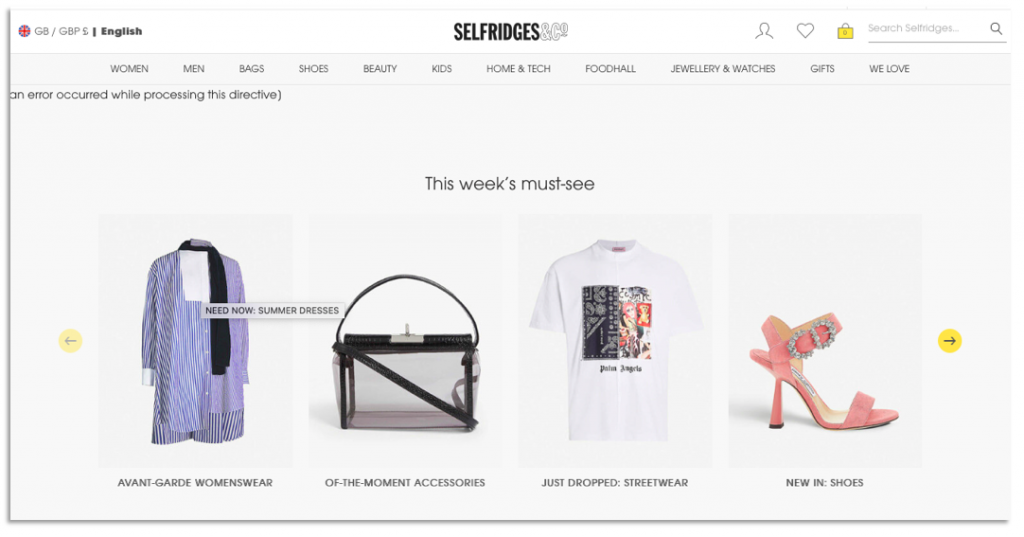
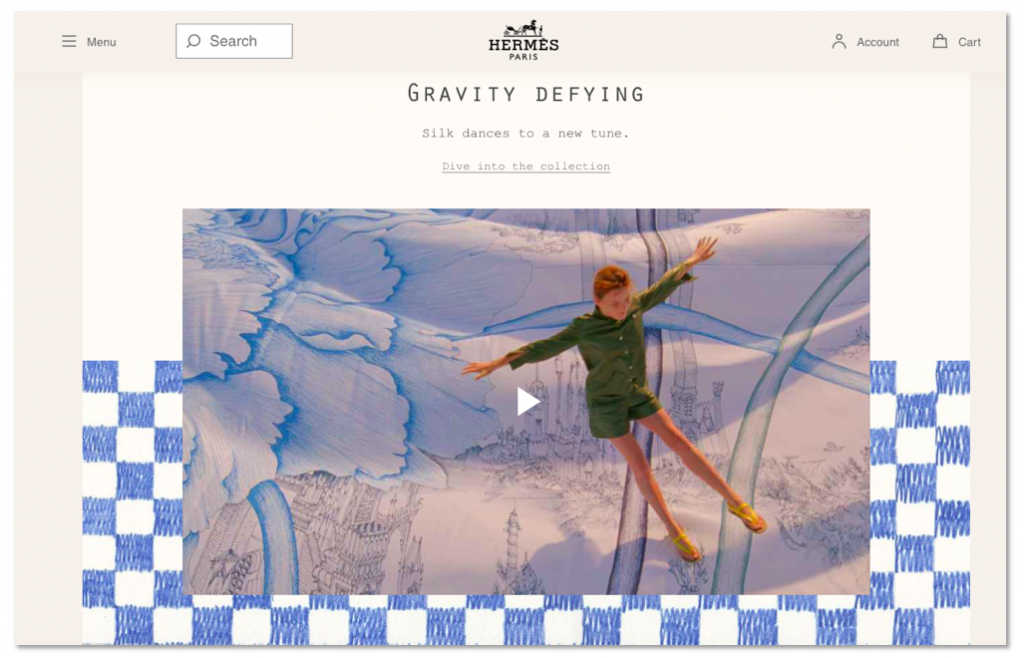
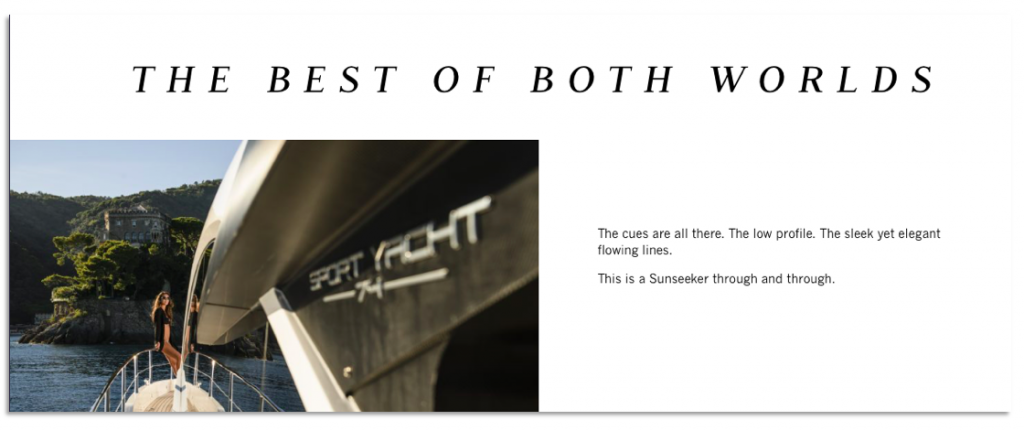
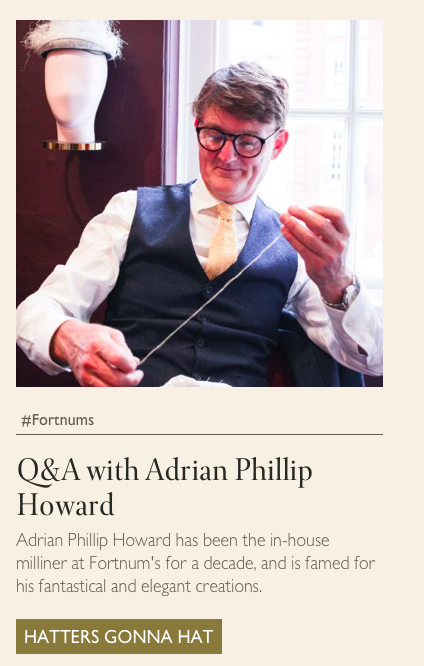
Want to find out more about tone of voice? Check out our FAQs.
